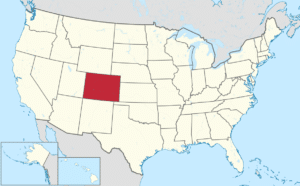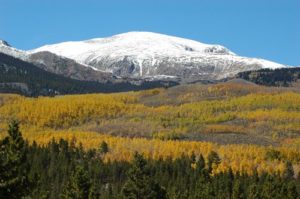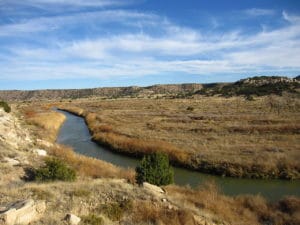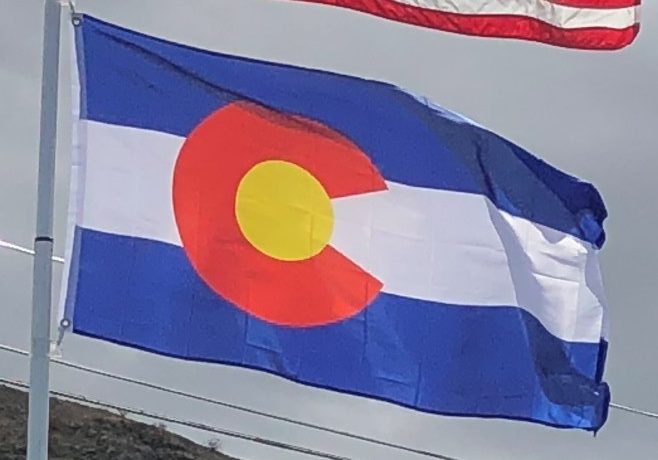Introduction:
Colorado is a state of the United States encompassing most of the southern Rocky Mountains as well as the northeastern portion of the Colorado Plateau and the western edge of the Great Plains. It is the 8th largest geographically and 21st most populous U.S. state.
The state was named for the Colorado River, which Spanish travelers named the Río Colorado for the ruddy silt the river carried from the mountains. The Territory of Colorado was organized on February 28, 1861, and on August 1, 1876, U.S. President Ulysses S. Grant signed Proclamation 230 admitting Colorado to the Union as the 38th state.

Colorado is bordered by Wyoming to the north, Nebraska to the northeast, Kansas to the east, Oklahoma to the southeast, New Mexico to the south, Utah to the west, and touches Arizona to the southwest at the Four Corners. Colorado is noted for its vivid landscape of mountains, forests, high plains, mesas, canyons, plateaus, rivers, and desert lands. Colorado is part of the western or southwestern United States, and one of the Mountain States.

Denver is the capital and most populous city of Colorado.
Geography:
Colorado is notable for its diverse geography, which includes alpine mountains, arid plains, deserts with huge sand dunes, and deep canyons.
The summit of Mount Elbert at 14,440 feet elevation in Lake County is the highest point in Colorado and the Rocky Mountains of North America.

The point where the Arikaree River flows out of Yuma County, Colorado, and into Cheyenne County, Kansas, is the lowest point in Colorado at 3,317 feet elevation. This point, which holds the distinction of being the highest low elevation point of any state, is higher than the high elevation points of 18 states and the District of Columbia.
Plains:
A little less than half of Colorado is flat and rolling land. East of the Rocky Mountains are the Colorado Eastern Plains of the High Plains, the section of the Great Plains at elevations ranging from roughly 3,350 to 7,500 feet. The Colorado plains are mostly prairies but also include deciduous forests, buttes, and canyons. Precipitation averages 15 to 25 inches annually.

Eastern Colorado is presently mainly farmland and rangeland, along with small farming villages and towns. Corn, wheat, hay, soybeans, and oats are all typical crops. Most villages and towns in this region boast both a water tower and a grain elevator. Irrigation water is available from both surface and subterranean sources. Eastern Colorado hosts considerable livestock, such as cattle ranches and hog farms.
Front Range:
Roughly 70% of Colorado’s population resides along the eastern edge of the Rocky Mountains in the Front Range Urban Corridor between Cheyenne, Wyoming, and Pueblo, Colorado. This region is partially protected from prevailing storms that blow in from the Pacific Ocean region by the high Rockies in the middle of Colorado.
